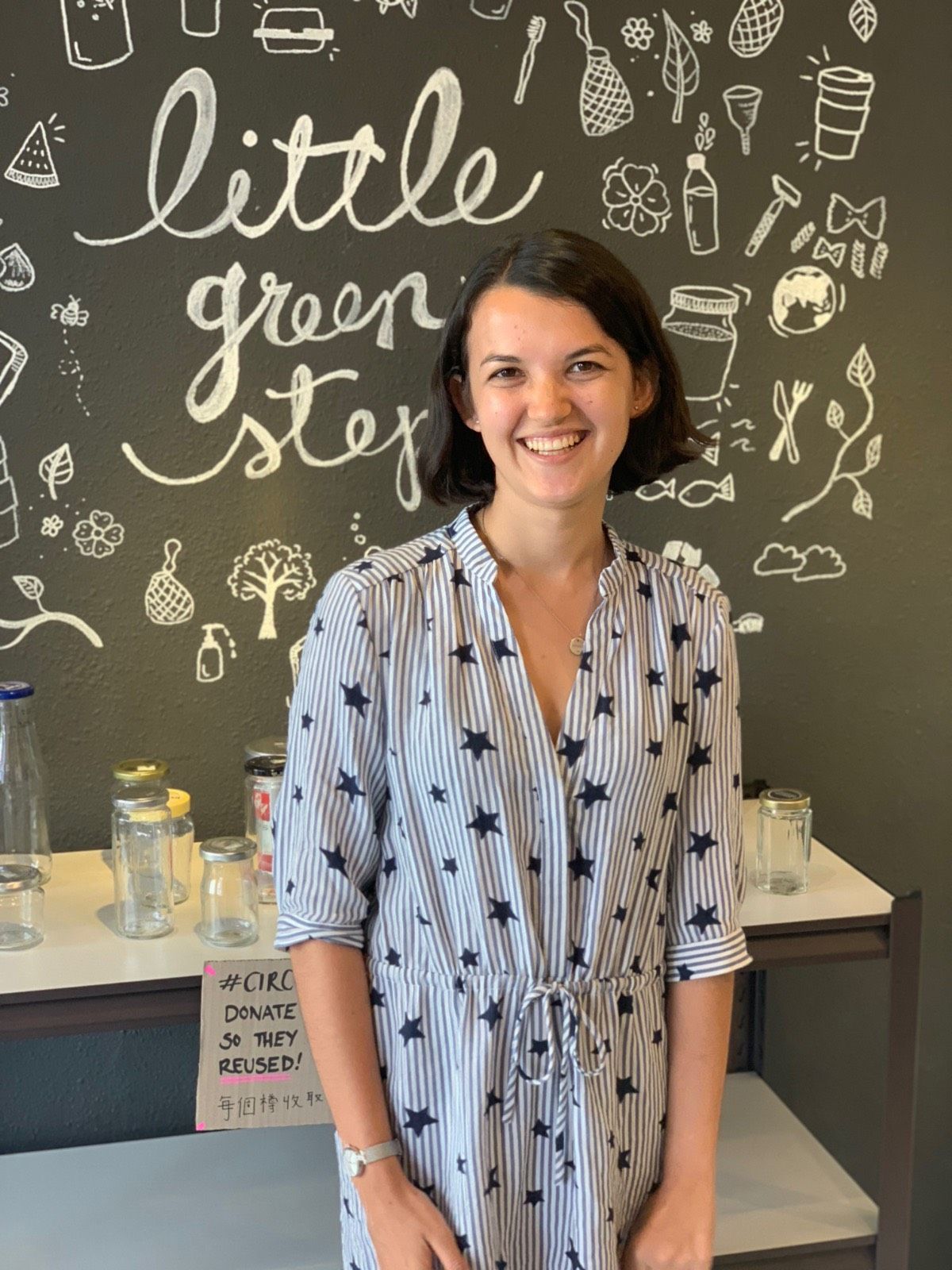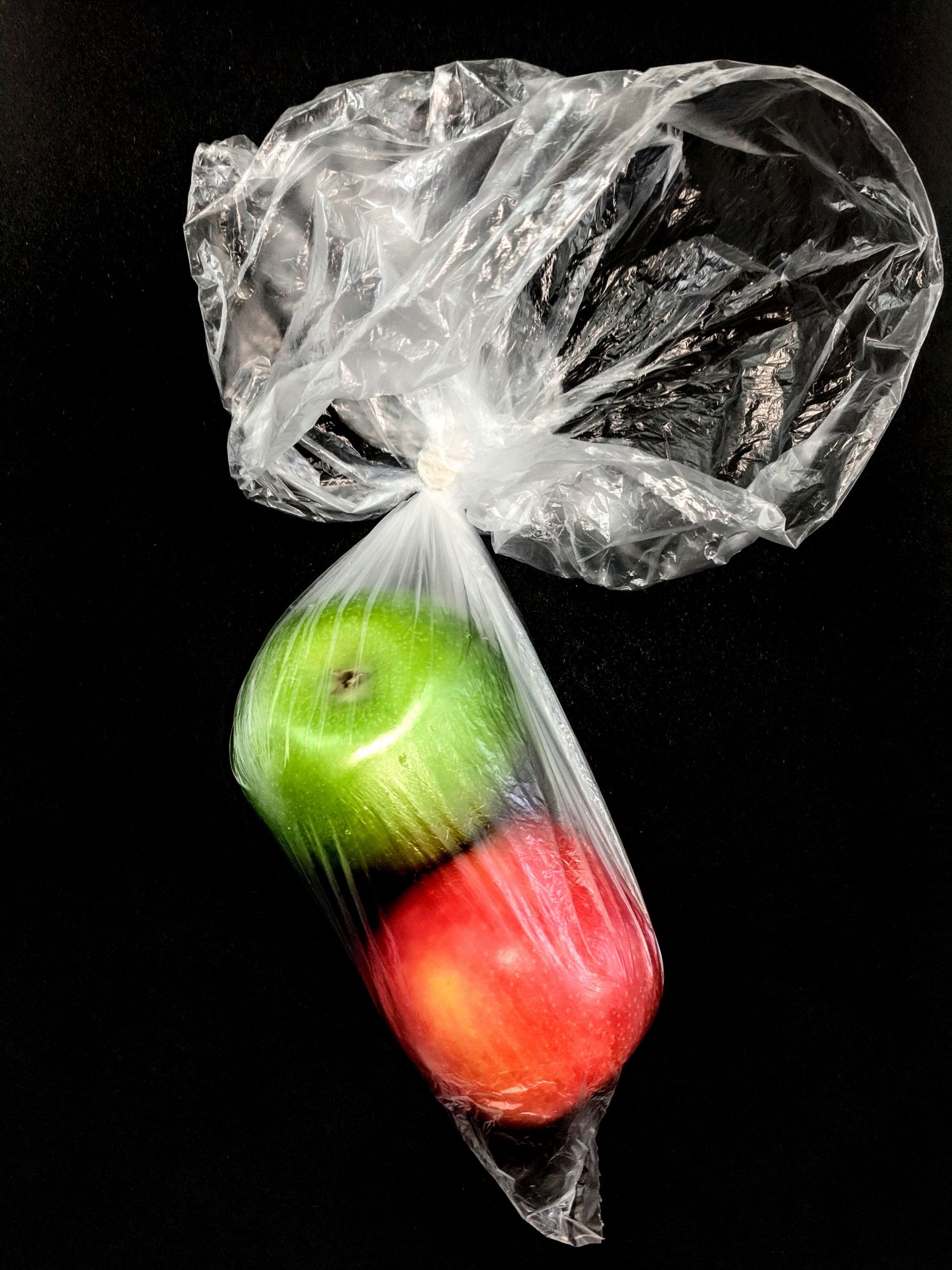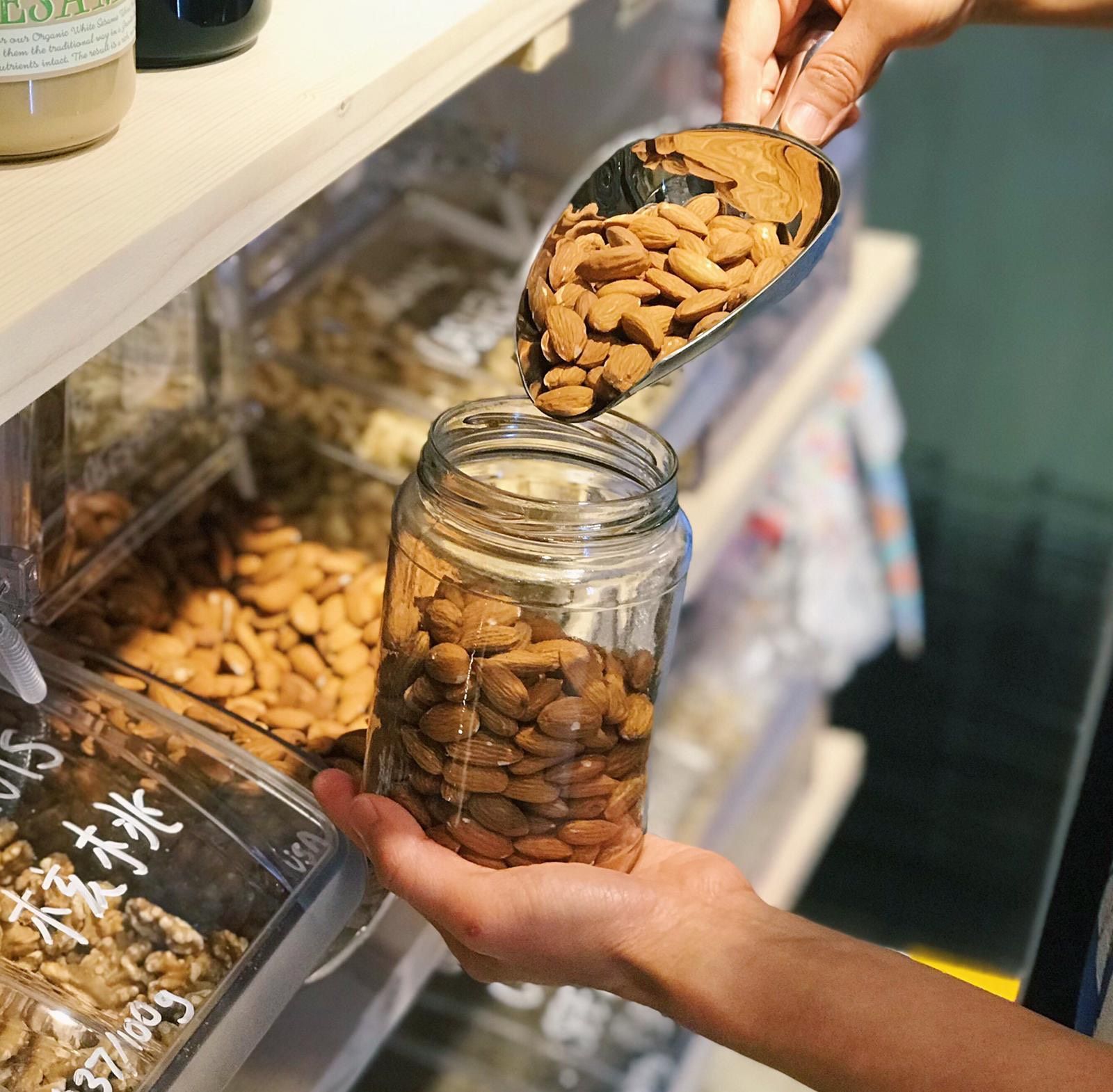Zero-waste warrior and Gen.T honouree Tamsin Thornburrow on how to play your part in the plastic backlash
Single-use plastic has become a modern bête noire. But while it may be the proverbial monster under the bed–destroying our oceans and clogging up our landfills–we are still completely wedded to the material. Only decades after plastic embedded itself in our everyday lives did this long-overdue war against it begin, which means disentangling ourselves from the material is a particularly difficult task.
But help is at hand. Tamsin Thornburrow is among a growing number of activists and entrepreneurs who are researching our addiction to plastic and helping wean us off the bad stuff for good.






